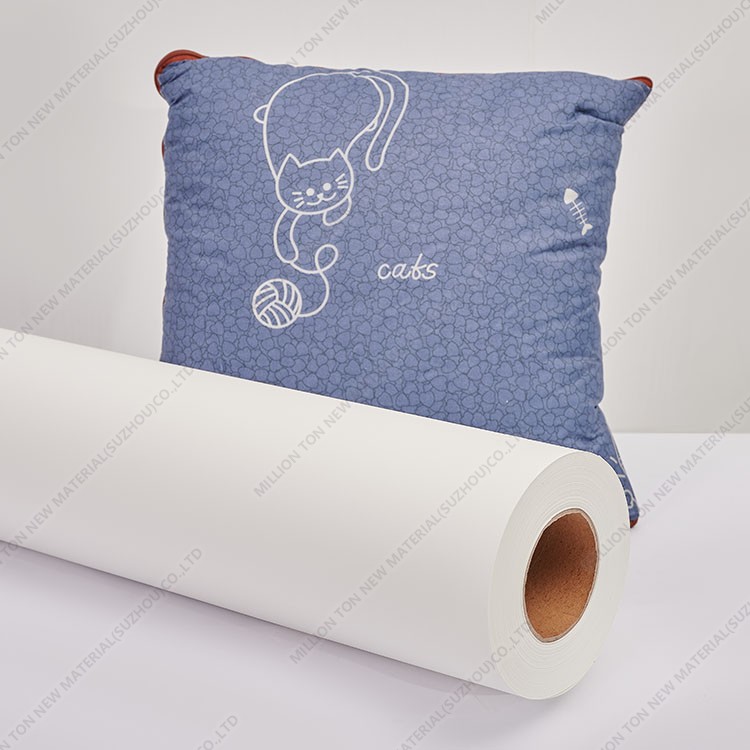Understanding Dry Sublimation Paper: How It Works and Its Applications
In the world of printing technology, innovations continually emerge to enhance the quality and versatility of printed materials. One such innovation is dry sublimation paper, a remarkable tool that has revolutionized the way we transfer images onto various surfaces. In this comprehensive guide, we will delve into the intricacies of dry sublimation paper unraveling its working mechanism, and exploring its wide-ranging applications.
What is Dry Sublimation Paper?
Dry sublimation paper often referred to as sublimation transfer paper, is a unique printing medium designed to facilitate the transfer of images or graphics onto various substrates. Unlike conventional inkjet or laser printing, which deposit ink onto the surface of the material, sublimation paper works by transferring dye into the material's fibers.
The Science Behind Sublimation
Sublimation, in scientific terms, refers to the process of a substance changing directly from a solid to a gas without passing through the liquid phase. In the case of sublimation paper, specialized sublimation inks are used, which have the property of transitioning from a solid to a gas when exposed to heat.
How Does Dry Sublimation Paper Work?
Dry sublimation paper operates on a simple yet ingenious principle. First, an image is printed onto the sublimation paper using a compatible printer loaded with sublimation ink. This printed image is then placed in contact with the target substrate, typically made of polyester or a polyester-coated material.
Choosing the Right Sublimation Paper
Selecting the appropriate sublimation paper is crucial for achieving high-quality results. Factors to consider include paper thickness, size, and compatibility with your specific printer and ink.
Printing with Dry Sublimation Paper
Printing with dry sublimation paper is similar to regular printing processes. However, it requires a sublimation printer that can handle sublimation inks. The image is transferred onto the paper with precision, ready for the sublimation process.
Applications in Textile Printing
One of the most prominent applications of dry sublimation paper is in textile printing. It allows for vibrant and long-lasting designs on garments, sportswear, and fabric-based products.
Photo Printing with Sublimation Paper
Dry sublimation paper has gained popularity in the photography industry for producing high-resolution photo prints. The results are not only visually stunning but also resistant to fading and damage.
Personalized Gifts and Merchandise
The ability to print intricate designs on a wide range of items has made dry sublimation paper invaluable in the creation of personalized gifts and merchandise. From mugs to phone cases, the possibilities are endless.
The Significance in the Fashion Industry
Fashion designers and brands have embraced dry sublimation paper for creating unique patterns and designs on clothing. It offers a level of customization that traditional methods cannot match.
Sublimation Paper in Home Decor
Dry sublimation protective paper extends its influence to home decor, enabling the customization of items like curtains, cushions, and bed linens. This allows homeowners to express their creativity in interior design.
Sublimation Printing for Promotional Items
Businesses utilize dry sublimation printing for promotional materials such as banners, flags, and promotional products. The durability of sublimation prints ensures long-lasting advertising solutions.
Dye-Sublimation vs. Regular Printing
Dye-sublimation, when compared to regular printing, offers several advantages. These include sharper image quality, resistance to fading, and the ability to print on diverse surfaces.
In conclusion, dry sublimation paper is a game-changer in the world of printing technology. Its ability to produce vibrant, long-lasting prints on various surfaces has opened up new avenues of creativity in industries ranging from fashion to home decor. As technology advances, we can expect even more exciting developments in the realm of sublimation printing.




